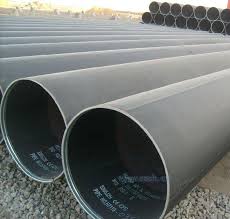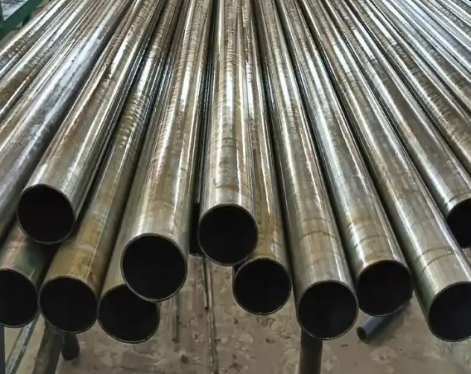1.What is the joint efficiency of an ERW pipe?
The joint efficiency of an ERW (Electric Resistance Welded) pipe refers to the ratio of the strength of a welded joint to the strength of the pipe material itself. It's an important factor in determining the design and integrity of welded pipe systems.Typically, the joint efficiency is determined based on industry standards such as those provided by organizations like the American Society of Mechanical Engineers (ASME) or the American Petroleum Institute (API).
The joint efficiency for ERW pipes can vary based on whether the joint is considered seamless or if it has been radiographically inspected. Here are some typical joint efficiency values you might encounter in standards:
E=1.0: For seamless pipes or welded pipes where the weld has been 100% radiographically inspected.
E=0.85: For ERW pipes that haven't been fully radiographically inspected but have passed specific non-destructive uation(NDE) methods.
E=0.70: Sometimes used for ERW pipes without radiographic inspection, depending on the standard and the application.

2. Factors affecting the ERW weld joint coefficient
(1)Material selection
The material selection of the weld joint is one of the important factors affecting the coefficient of the weld joint. The strength, plasticity and compatibility of the material with the welding material will all affect the quality of the weld joint. Reasonable selection of welding materials and base materials can improve the strength and toughness of the weld joint, thereby increasing the weld joint coefficient.(2)Welding process
The influence of welding process on weld joint coefficient is crucial. Reasonable welding technology can ensure the quality of weld joints and improve the weld joint coefficient. The welding process includes the selection of parameters such as welding current, welding speed, and welding temperature, as well as the use and operating technology of welding equipment.(3)Welding quality control
Welding quality control is the key to ensuring the weld joint coefficient. Welding defects during the welding process, such as pores, cracks, inclusions, etc., will have a negative impact on the quality of the weld joint.Hence, it is imperative to implement effective quality control measures, including pre-weld material cleaning, gas shielding during welding, and post-weld inspection, to guarantee the integrity of weld joints.2. Calculation method of ERW weld joint coefficient
There are many methods to calculate the weld joint coefficient, and the common methods are as follows:(1) Definition of weld joint coefficient
The weld joint coefficient can be defined as the ratio of the strength of the weld joint to the strength of the standard weld joint. A standard weld joint refers to a weld joint under ideal conditions, and its strength is determined by the strength of the welding material and base material.(2) Calculation formula of weld joint coefficient
The calculation formula of weld joint coefficient can be expressed as:weld joint coefficient = actual weld joint strength/standard weld joint strength.









